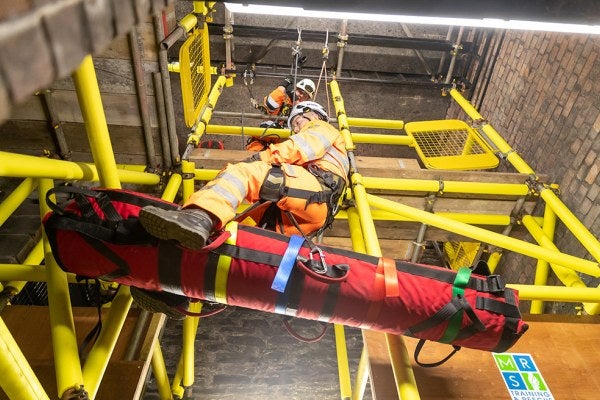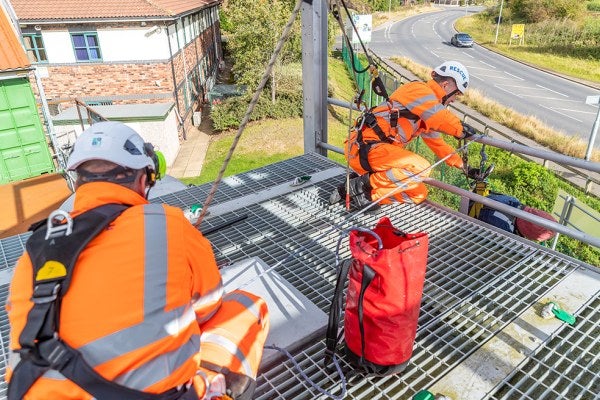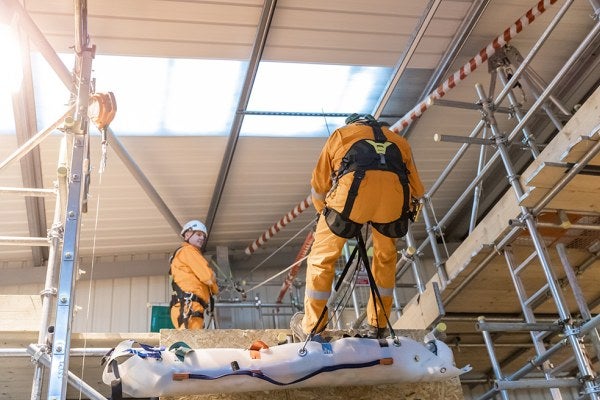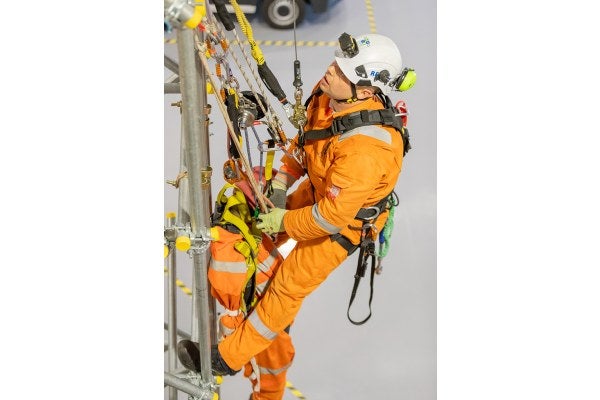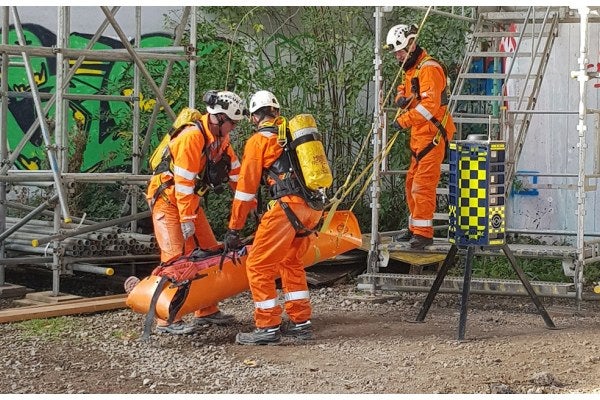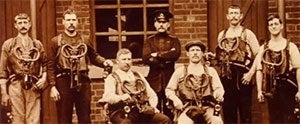When planning work at height activities, emergencies and rescue must also be considered. Falls from height are one of the biggest causes of workplace fatalities and major injuries in the UK.
Why do you need a work at height rescue plan?
The Work at Height Regulations 2005 stipulate employers must have a plan in place for emergencies and rescue when working at height, and the emergency services cannot be entirely relied upon.
Rather, there must be a specific rescue plan and adequate resources in place for each worksite, where work at height is carried out. Resources should include not only equipment, but also personnel who have been trained in the use of that equipment.
When planning for rescue, consideration should be given to the type of situation from which the casualty may need to be recovered and the type of fall protection equipment which the casualty would be using. A distinction may be made between the terms “rescue” and “evacuation”:
- Rescue typically involves the recovery of a casualty by another person either remotely or directly.
- Evacuation is typically carried out by a stranded user to escape from a remote situation such as a tower crane or narrow aisle truck.
What factors should you consider?
A rescue plan is required where any person may foreseeably be suspended in a harness or where a person may become isolated at height and require recovery (including training facilities). The rescue plan should consider:
- Safety of persons carrying out / assisting with the rescue
- The anchor points to be used for the rescue equipment
- The suitability of equipment (anchors, harnesses, attachments and connectors) that has already arrested the fall of the casualty for use during the rescue
- The method that will be used to attach the casualty to rescue system
- The direction that the casualty needs to be moved to get them to the point of safety (raising, lowering or lateral)
- The first aid needs the casualty may have with respect to injury or suspension trauma
- The possible needs of the casualty following rescue
Working at height rescue services
MRS Training & Rescue is a leading provider of height safety, access and rescue services for many industries including:
- Wind Industry
- Energy
- Telecommunications
- Oil & Gas
- Construction
- Utilities
- Entertainments
- Emergency Services
We also offer rescue training to ensure you have the skills needed to assess and plan a rescue, make the casualty safe and remove them from the area using suitable rescue equipment and safe rescue techniques.


